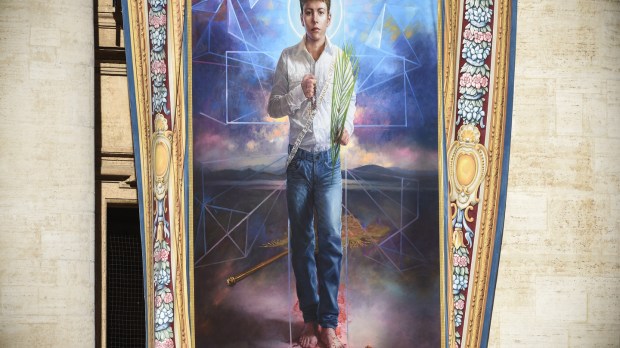VATICAN CITY — On Sunday, Pope Francis canonized seven new saints amid waves of applause from nearly 80,000 pilgrims from all over the world, gathered in St. Peter’s Square.
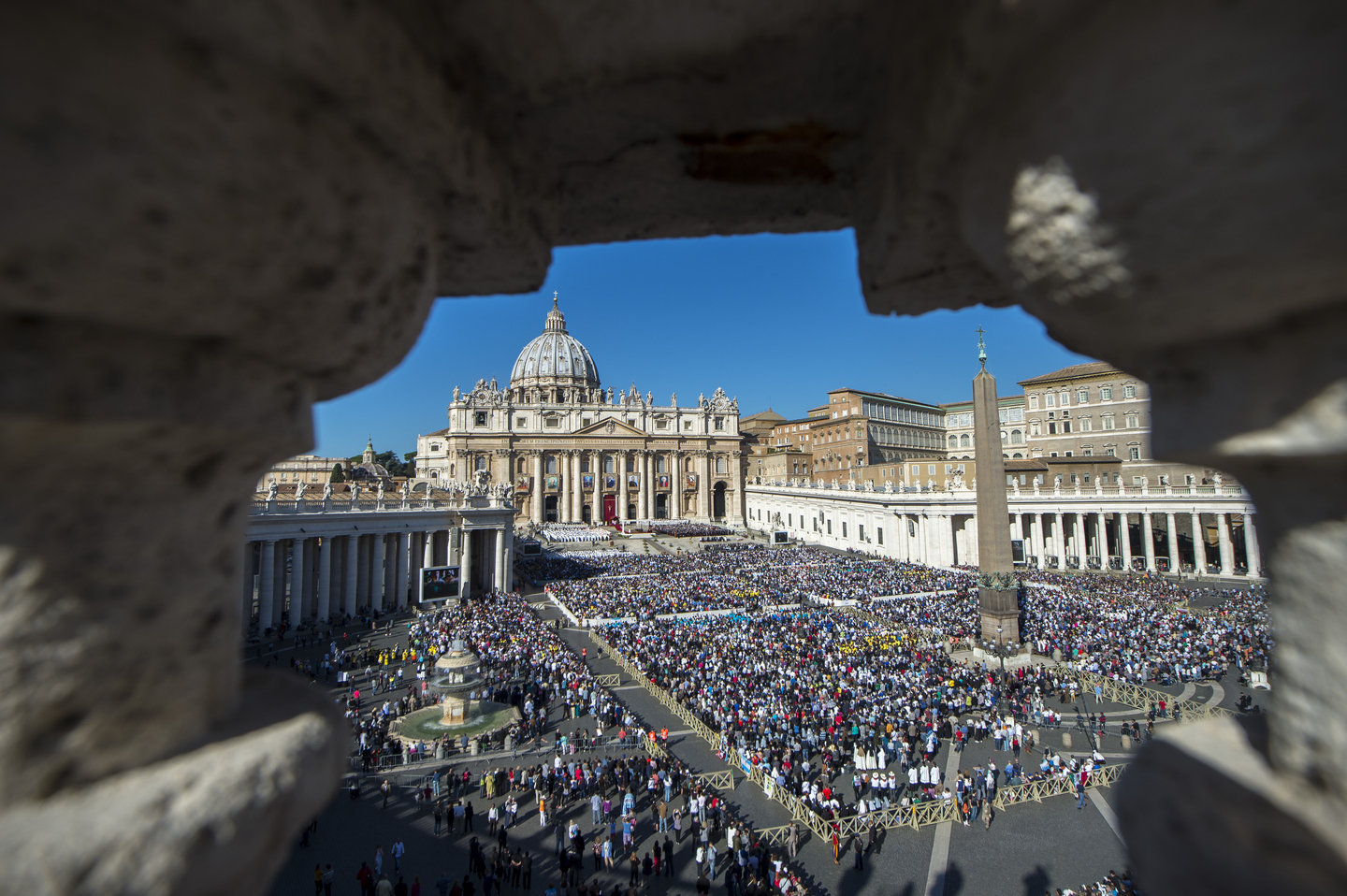
Addressing the faithful during his homily at the Mass of canonization, Pope Francis said: “The saints are men and women who enter fully into the mystery of prayer. Men and women who struggle with prayer, letting the Holy Spirit pray and struggle in them.”
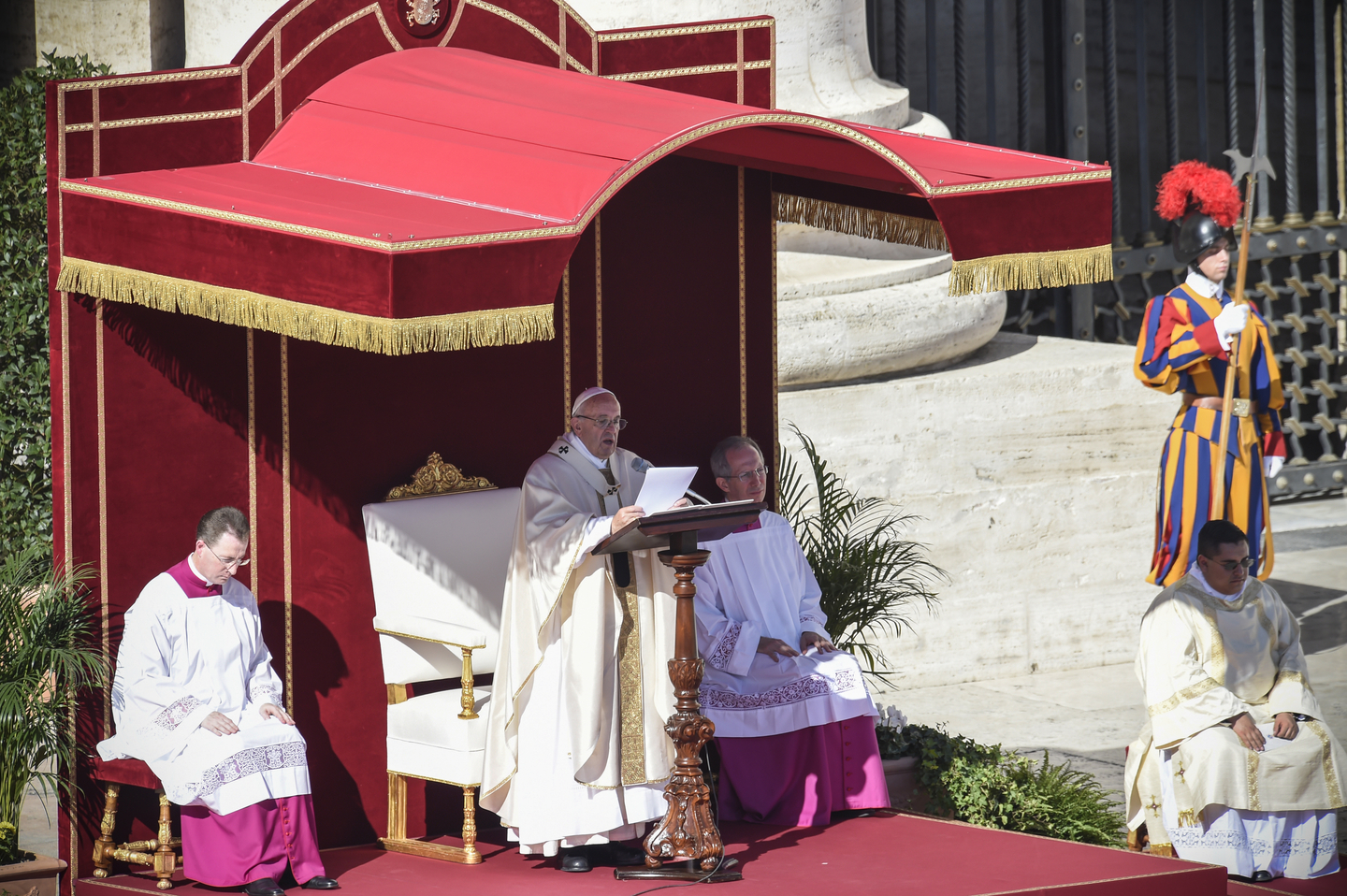
“They struggle to the very end, with all their strength, and they triumph, but not by their own efforts: the Lord triumphs in them and with them.” He added: “The seven witnesses who were canonized today also fought the good fight of faith and love by their prayers. That is why they remained firm in faith, with a generous and steadfast heart. Through their example and their intercession, may God also enable us to be men and women of prayer.”
Here are the inspiring stories of 4 of the new saints canonized on Sunday.
And read the Pope’s homily on the prayer of the saints here.
A YOUNG FRENCH CARMELITE CONTEMPLATIVE
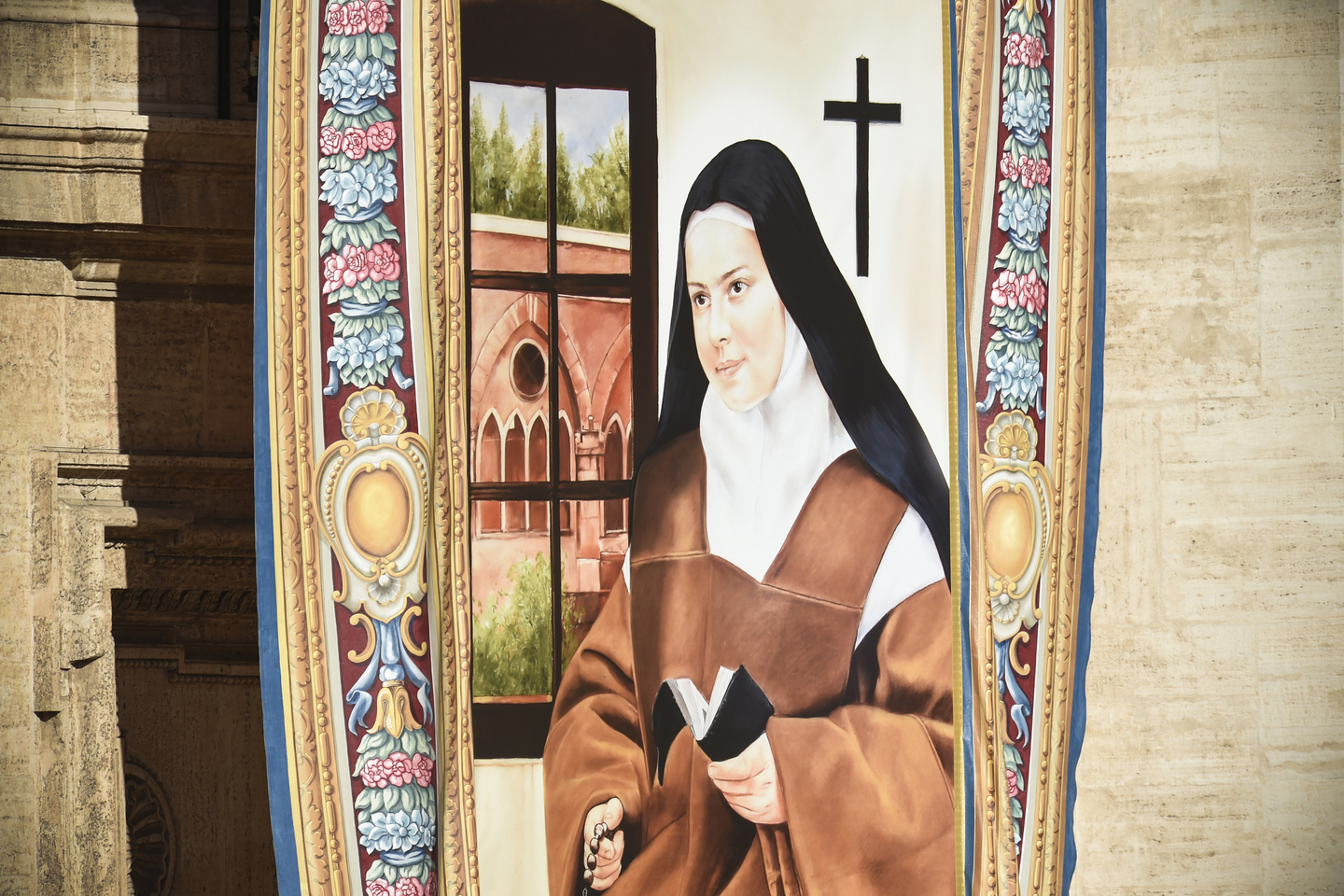
Elisabeth Catez (1880-1906) was born on July 18, 1880 in the military base at Avord, near Bourges in France, and was baptized four days later. In 1887, a short time after the family moved to Dijon, her father died. On April 19, 1891, she received her first Holy Communion: that day Elisabeth began a difficult struggle to “overcome herself for love,” learning to control her willful, fiery and impetuous temperament.
Increasingly drawn to Christ, Elisabeth made a private vow of virginity in 1894. Believing that she was called to religious life, she asked her mother for permission to enter the Carmel of Dijon. Obedient to her mother, who had prohibited her from visiting the monastery, Elisabeth did not enter until August 2, 1901. A capable and prize-winning pianist, and joyful and active in the parish and social life of her city, she passed the time before her entrance into the monastery learning how to discover Christ in all things, giving her heart to him alone, even though she was busy with many activities, participating in dances and spending time with friends.
On December 8, 1901 she was clothed with the religious habit and given the name Elizabeth of the Trinity. In the monastery she grew in her union with the Most Holy Trinity in the depths of her soul. Gazing upon the Blessed Mother, she learned to safeguard ever more the presence of the living God and each day to do the Lord’s will with generosity, as she contemplated the “excessively great love” manifested in Jesus Crucified. A short time after her religious profession on January 11, 1903, Sister Elizabeth displayed the first symptoms of Addison’s Disease, which led to her death following extreme suffering. She accepted everything peacefully and abandoned herself with confidence to the mercy of God, seeing in her illness a propitious occasion to conform herself to her Crucified Spouse, as she ardently desired to pass over into the Trinitarian joy of the communion of saints. Sister Elizabeth of the Trinity died on November 9, 1906 at the age of 26.
Read more: If you haven’t met Elizabeth of the Trinity yet, here’s why you should
A YOUTH MARTYRED FOR LOVE OF JESUS CHRIST
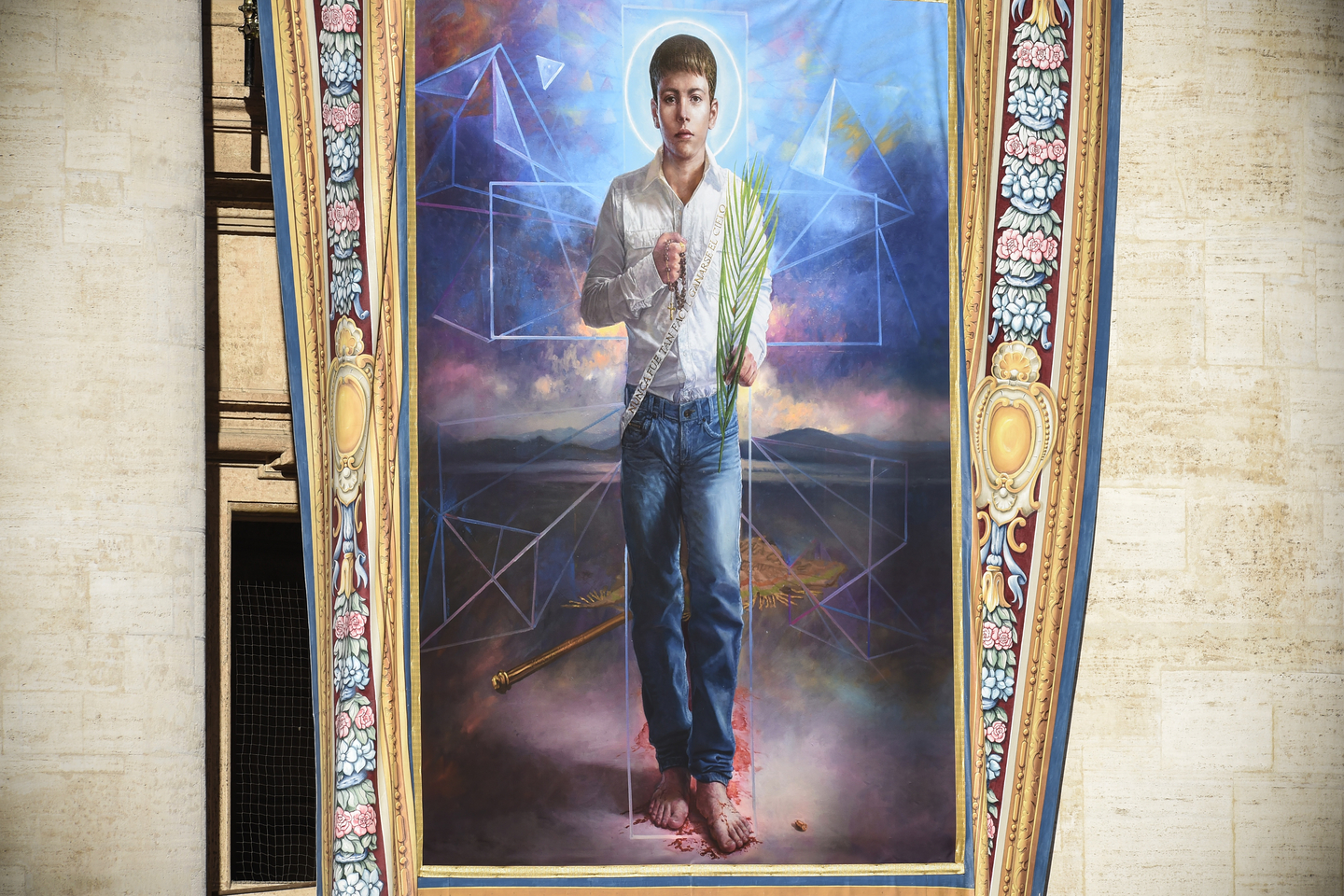
José Sánchez del Río (1913-1928) was born on March 28, 1913 in Sahuayo, in the State of Michoacán, Mexico. At the outbreak of the so-called “Cristero War” in 1926, his brothers joined the rebel forces fighting the violent anti-Christian regime which had been established in the country. José too was enlisted.
Catholicism flourished in Sahuayo and for this reason the “Cristeros” were deeply rooted in the area. Priests secretly remained in Sahuayo throughout the persecution and never abandoned the faithful, clandestinely celebrating the Eucharist and administrating the sacraments, at which young José assiduously participated. In those years, the first Christian martyrs were often spoken of and many young people wanted to follow in their footsteps.
During a violent battle on January 25 1928, José was captured and brought to his city of birth, where he was imprisoned in the parish church which had already been desecrated and laid waste by federalists. It was suggested that he flee in order to avoid being sentenced to death, but he refused.
While in prison, in an effort to make José renounce his faith to save himself, he was tortured and forced to watch the hanging of another boy who had been imprisoned with him. The soles of his feet flayed, José was made to walk to the cemetery where, positioned in front of the grave prepared for him, he was shot, but not mortally, and asked again to renounce the faith. But José, with every wound inflicted, cried out: “Long live Christ the King! Long live our Lady of Guadalupe!” In the end he was shot and executed. It was February 10, 1928, and he was nearly fifteen years old. Three days before he had written to his mother: “Trust in God’s will. I die happy because I am dying next to our Lord.”
In 2005, Pope Benedict XVI enrolled José among the blessed.
Read more: José Sánchez del Río: Some things are worth fighting for
A PRIEST OF THE POOR
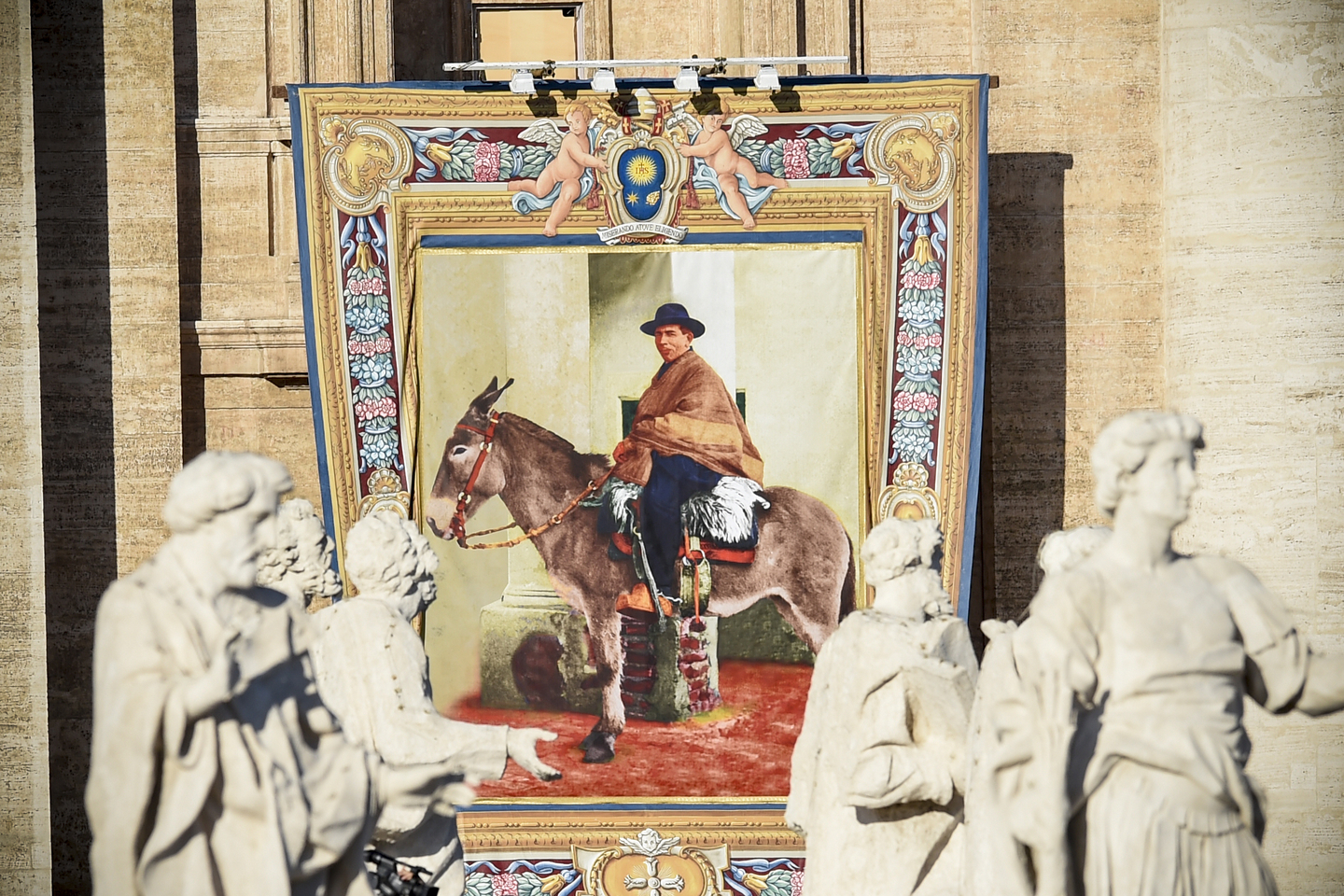
José Gabriele del Rosario Brochero (1840-1914), also known as the “Gaucho priest,” was born in Santa Rosa de Río Primero (Córdoba, Argentina) on March 16, 1840, the fourth of ten children, to a deeply Christian family. On March 5, 1856 he entered Our Lady of Loreto College Seminary and on November 4, 1866 was ordained a priest. In his first years of priesthood, he was assigned to assist with pastoral care at the Cathedral of Córdoba, where he served during the cholera epidemic that struck the city.
Following the completion of his doctorate in philosophy at the University of Córdoba, Father Brochero was named Prefect of Studies in the major seminary. In 1869 he was entrusted with the pastoral care of the vast region of San Alberto in Córdoba, which was without streets or schools, and counted only a few inhabitants scattered along the Sierra Grande mountain range, who were living in a state of moral and material poverty.
Father Brochero was not discouraged, however, and from that moment on he dedicated his whole life to preaching the Gospel, and to educating and assisting the inhabitants, in particular the poorest and marginalized. He also built churches, schools, streets and worked for the opening of postal offices and banks, as well as the extension of the railway. Through the use of the Spiritual Exercises of Saint Ignatius, he achieved numerous conversions. In 1877 he opened a retreat house, which welcomed over forty thousand people.
Having tirelessly dedicated himself to pastoral work, in 1908 Father Brochero was forced to leave his parish due to contracting leprosy while visiting the sick affected by the disease. He then lived for several years in his town of birth with his sister. Due to the persistent requests of the faithful of his previous parish, however, he returned to his house in Villa del Transito (Córdoba), where, having gone blind, he died of leprosy on January 26, 1914.
On September 14, 2013, Pope Francis numbered Father Brochero among the blessed.
Read More: The “Gaucho priest” will be the first real Argentinian saint
A PRIEST OF THE EUCHARIST
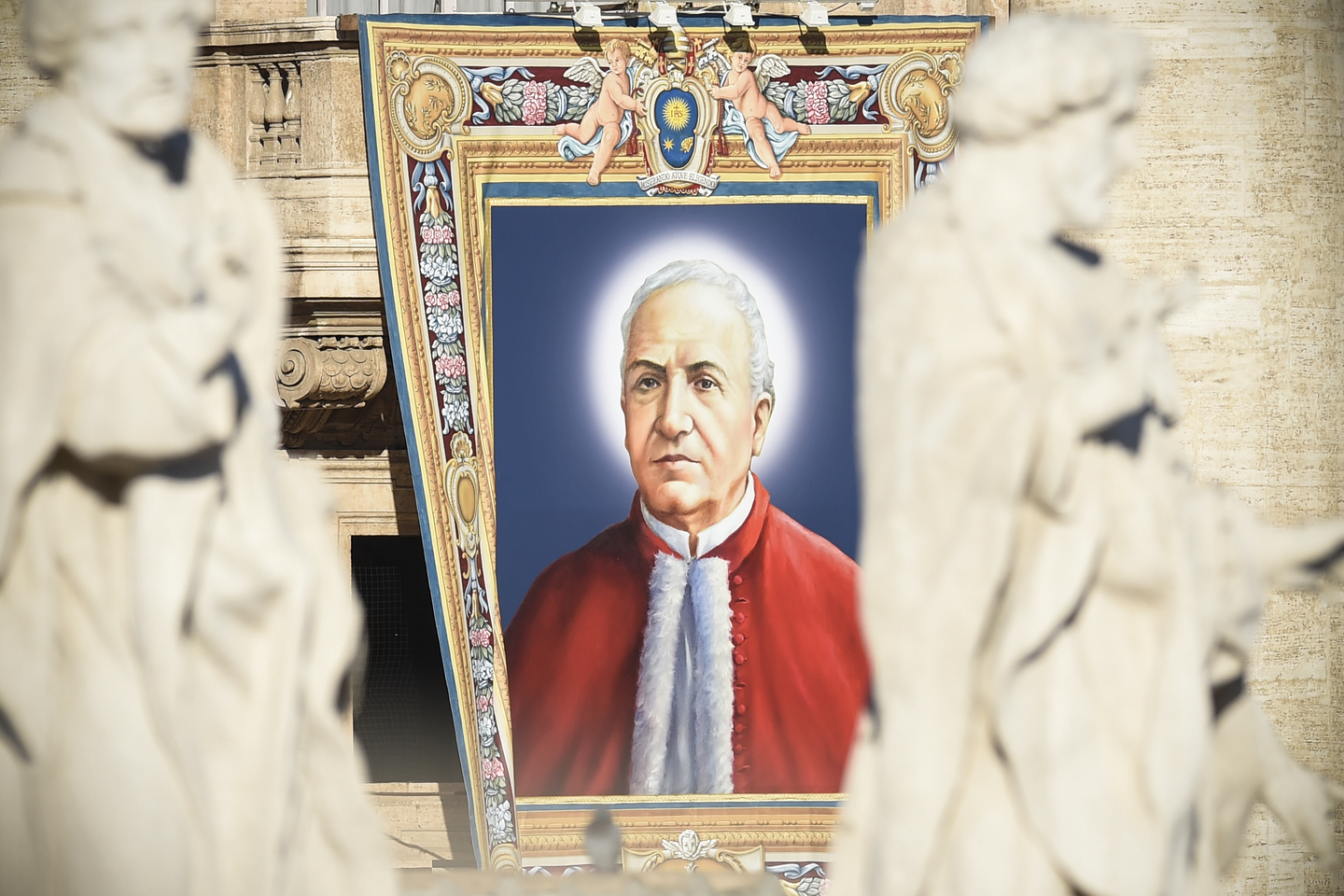
Alfonso Maria Fusco (1839-1910), a diocesan priest and founder of the Congregation of the Sisters of Saint John the Baptist (the Baptistines), was born into a deeply religious family on March 23, 1839 in the town of Angri (Province of Salerno), in the Diocese of Nocera dei Pagani.
His missionary vocation matured within the historical context of the second half of the nineteenth century. Southern Italy was undergoing dramatic changes due to the new political order following the unification of the country.
Ordained a priest on May 29, 1863, Father Fusco dedicated himself to the education and care of the children who filled the streets of Angri; he provided them a serious religious, cultural and professional formation, so that they could become authentic Christians and skilled professionals, capable of making a contribution to society. He was a forward-thinking man, who also understood the importance of education for women, in a society which did not recognize their dignity.
Father Fusco exercised priestly ministry in the local Church with diligence and zeal. He dedicated himself to hearing confessions, preaching and the catechetical and liturgical life of the young, as well as rural missions. He was patient, humble and obedient to the will of God, which he lovingly embraced even in moments of difficulty. At the center of his life and mission was the Eucharist. In the Eucharistic Lord he found his strength and joy. He cultivated a filial love for Mary, Mother of Sorrows, to whom he confidently entrusted his every need.
On September 26, 1878, in response to a strong interior call and trusting in Divine Providence, he founded the Congregation of the Sisters of Saint John the Baptist to evangelize, educate and care for children and young people who were predominantly poor, in need and at risk.
Father Fusco died peacefully in Angri on February 6, 1910, with a great reputation for holiness.
On October 7, 2001, Pope Saint John Paul II beatified Father Fusco.
